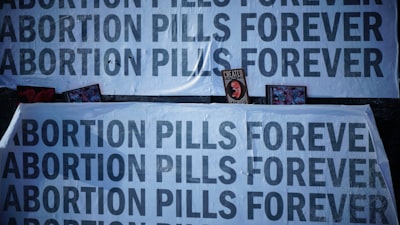Overview
The President’s Emergency Plan for AIDS Relief (PEPFAR) is a United States governmental initiative launched in 2003 with the goal of helping save the lives of those suffering from HIV/AIDS around the world. Established under the administration of President George W. Bush, PEPFAR remains one of the largest commitments ever by any nation to address a single disease internationally. It works through a combination of prevention, treatment, and care interventions, predominantly targeting countries with high rates of HIV infection, particularly in sub-Saharan Africa.
History and Objectives
PEPFAR was established in response to the global HIV/AIDS epidemic that, by the early 2000s, had reached crisis levels in many regions. The initiative was designed to deliver antiretroviral treatment (ART), support HIV testing and counseling, prevent mother-to-child transmission, and provide care for orphans and vulnerable children. The original funding was approved at $15 billion for its first five years, with subsequent reauthorizations expanding its reach and resources.
Scope and Achievements
Since its inception, PEPFAR has contributed more than $100 billion to combat HIV/AIDS, tuberculosis, and related diseases. It has played a pivotal role in providing antiretroviral therapy (ART) to over 20 million people, preventing millions of HIV infections and AIDS-related deaths. PEPFAR’s impact is especially significant in sub-Saharan Africa, where it partners with governments, non-governmental organizations, and local communities.
PEPFAR-supported programs also include:
- HIV prevention, education, and outreach efforts
- Voluntary medical male circumcision
- Programs for key and marginalized populations
- Laboratory and health systems strengthening
- Support for orphans and vulnerable children
Structure and Implementation
PEPFAR is led and coordinated by the Office of the U.S. Global AIDS Coordinator at the U.S. Department of State. It collaborates closely with multiple U.S. government agencies, including the Centers for Disease Control and Prevention (CDC), the U.S. Agency for International Development (USAID), and the Department of Defense. PEPFAR’s country and regional programs are tailored to reflect local epidemiological data and national priorities.
Impact and Criticisms
PEPFAR is widely credited with dramatically increasing access to lifesaving HIV treatment and prevention services in lower-income countries and reducing mother-to-child transmission rates. The program is noted for its large-scale, data-driven interventions and emphasis on accountability and transparency.
However, PEPFAR has faced criticism and challenges over the years. Some concerns center on its earlier funding restrictions tied to abstinence-focused education, as well as debates over prioritization of resources and alignment with recipient countries’ health strategies. In recent years, debates over PEPFAR’s funding and future have become prominent, particularly in the context of shifting U.S. political priorities and global health financing trends.
Future Outlook
The future of PEPFAR has come under scrutiny amid changing geopolitical landscapes, shifts in donor funding, and growing needs for sustainable global health financing. Continued U.S. commitment and international cooperation remain critical for maintaining progress towards global HIV/AIDS targets and ensuring access to essential health services for vulnerable populations worldwide.

Comments
No comments yet. Be the first to comment!